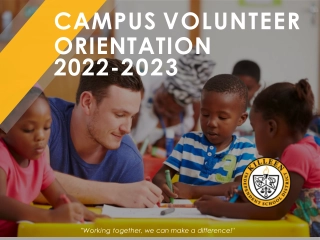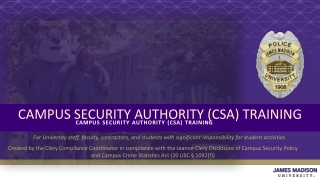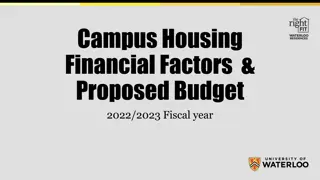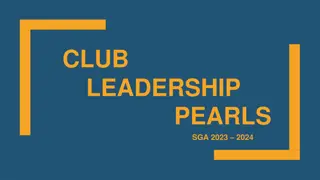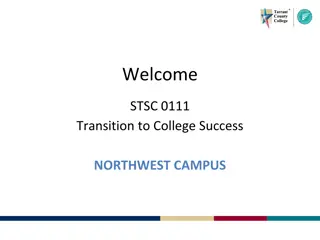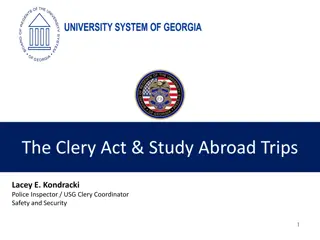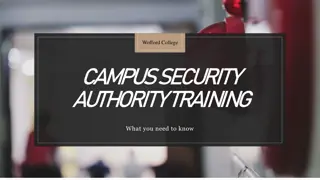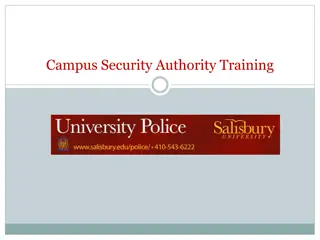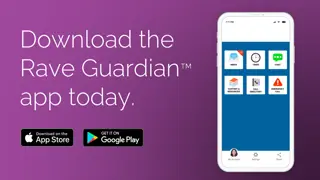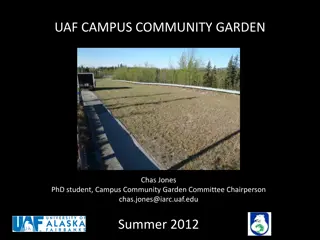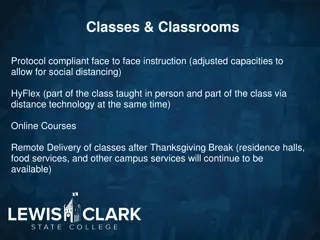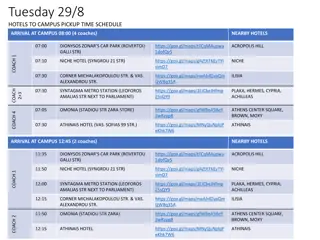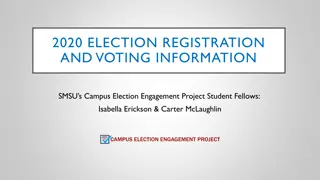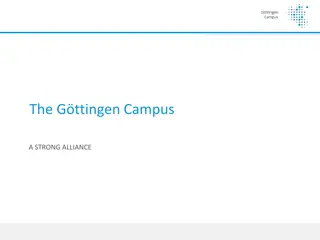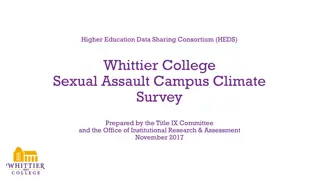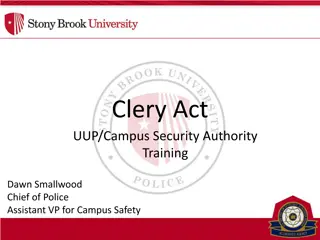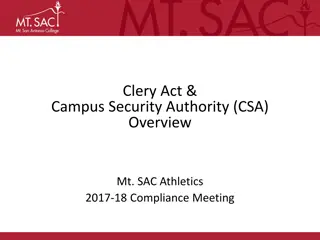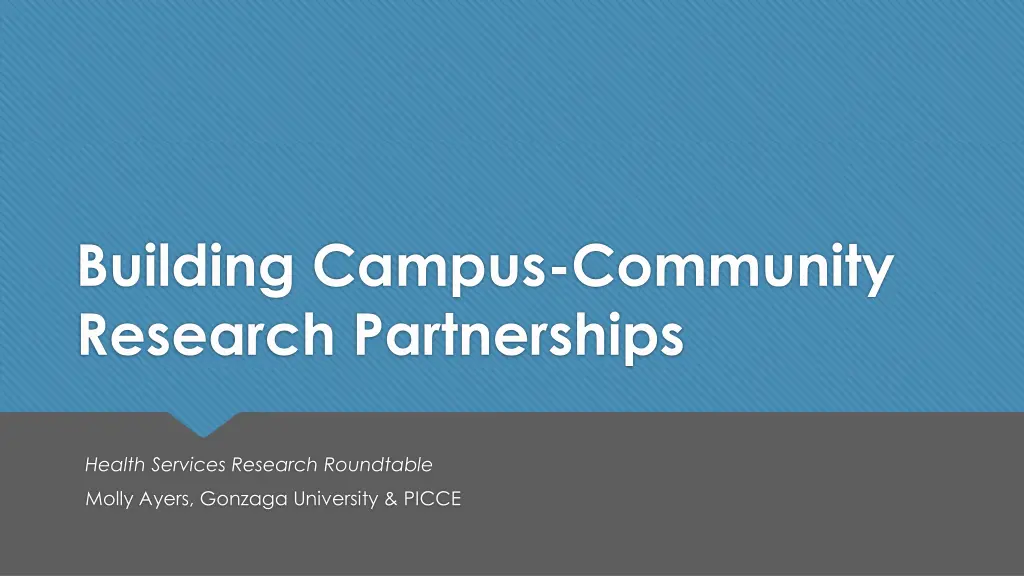
Community-Based Research Partnerships for Social Change
Explore the power of Community-Based Research (CBR) partnerships in fostering social action and achieving social justice. Learn about the collaborative approach that involves all stakeholders equitably, combining knowledge with action for positive community outcomes.
Download Presentation

Please find below an Image/Link to download the presentation.
The content on the website is provided AS IS for your information and personal use only. It may not be sold, licensed, or shared on other websites without obtaining consent from the author. If you encounter any issues during the download, it is possible that the publisher has removed the file from their server.
You are allowed to download the files provided on this website for personal or commercial use, subject to the condition that they are used lawfully. All files are the property of their respective owners.
The content on the website is provided AS IS for your information and personal use only. It may not be sold, licensed, or shared on other websites without obtaining consent from the author.
E N D
Presentation Transcript
Building Campus-Community Research Partnerships Health Services Research Roundtable Molly Ayers, Gonzaga University & PICCE
CBR: What Is It? Traditional Academic Research Conversation among faculty experts in the field CBR: A collaborative, participatory research process that embraces: Research Community has information needs Campus partners have research tools and resources Education Community has valuable local knowledge & experience Campus partners have theoretical and large scale perspectives Action Build organizational and community capacity Effect policy change Goal of research is social action and social change for the purpose of achieving social justice
Equal partnership between trained experts and members of community in working on community issues related to health, education, poverty, human rights, etc. CBR is a collaborative approach to research that equitably involves all partners in the research process and recognizes the strengths that each brings. CBR begins with a research topic of importance to the community, has the aim of combining knowledge with action and achieving social change to improve community outcomes and eliminate disparities. -WK Kellogg Foundation
Types of Research Program Evaluation Statistical Analysis Policy Study Literature Review Needs Assessments Gap Analysis Asset Mapping And more http://analytics.gonzaga.edu/sbacada
Forms of CBR Partnership Faculty Community Based Research Aligns with a faculty member s scholarly agenda and area of expertise Student Community-Based Research Conducting individually or as part of a course; connected to student learning and knowledge acquisition
CBR Examples CBR-based semester/quarter courses Long-term, course-based projects Interdisciplinary, multi-course collaborative projects Stand-alone Research or Research Internships
Understanding Faculty Motivation Connection to Scholarly Agenda Strengthened Student Learning Outcomes
Principles of Practice Research need(s) are identified by the community Research is action-oriented All stages of the process involve all partners (faculty, students and community) equitably Strengths and knowledge of all partners is appreciated and utilized Findings are disseminated in an accessible way
Democratic Partnerships and Reciprocity Asset identification(resources, strengths, expertise) and recognition for all partners Common language Collaborative problem posing and solving Collaborative agenda and goal setting Processes for feedback and reflection Community partners are recognized as co-educators
Benefits & Challenges Benefits Community Access to faculty expertise Organizational capacity building Policy change Students Develop professional skills Improve existing skills conducting actual research; real world projects Draws individuals to the discipline Prepares students for graduate school Connect classroom learning with real-world application Faculty New venues for publishing and presenting Positively impacts students and community Challenges Unpredictability Calendar conflicts Role clarification Participant compensation/recognition Research requirements (IRB Approval) Time intensive for faculty member Does not fit into traditional definition of faculty research ; usually recognized under teaching/service
TOOL: CBR Interest Worksheet A Resource for CBR Partners

